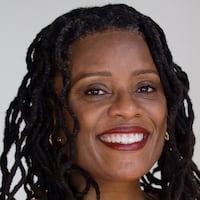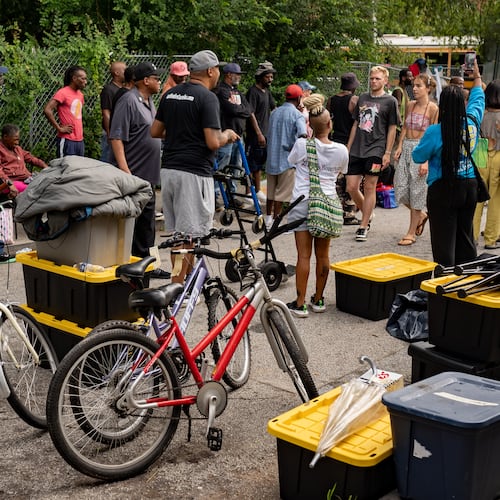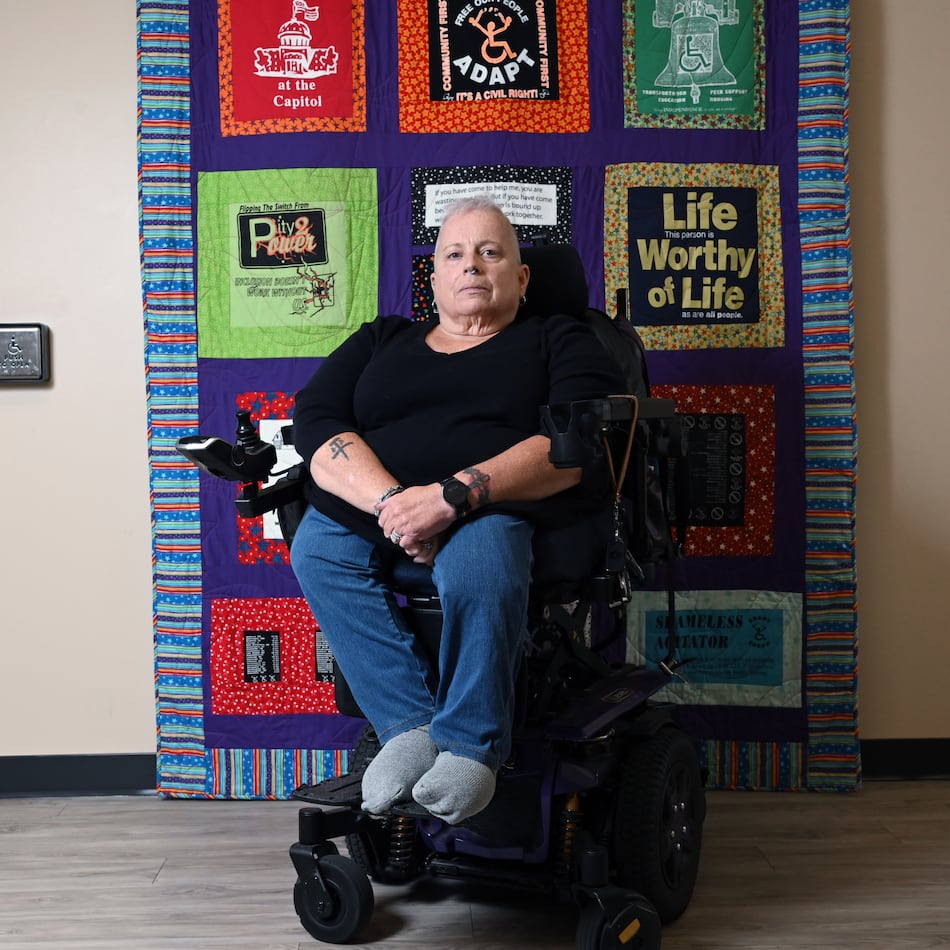For years people have been after Jack Mallard to write a book about his role as lead prosecutor in the 1982 Wayne Williams trial, perhaps the most notorious trial in Atlanta in the past half-century.
Between 1979 and 1981, 30 young African-Americans between ages 9 and 28 were either killed or declared missing in what was known as the “Atlanta Child Murders” case. The victims’ bodies were found in wooded lots, vacant buildings or the Chattahoochee River.
Williams received a life sentence 28 years ago this month for killing two of the victims, but he was implicated in at least a dozen others. He has said for years that he’s innocent. The doubt that shrouded the case has fueled articles and books by people who still question whether Williams was the sole killer.
Now, finally, Mallard has heeded the urgings of others and weighed in with his new book, “The Atlanta Child Murders: the Night Stalker.” Though a bit pedantic, the book lays out the prosecution’s strategy, from presentation of evidence to cross-examinations. Here, Mallard, 75 and retired, talks about guilt, doubt and closure. Judge for yourself.
Q: Reading this book, it almost feels as though you’re retrying the case right there in the courtroom. But in writing this did you look back and see things you might have done differently or mistakes you might have made?
A: As a longtime prosecutor, what I would do is map out a trial plan, like writing a screenplay; everybody has a part. If you work up the right trial plan, then you expect things to go as you planned it. This trial went according to plan.
Q: You relied heavily on verbatim testimony for dialogue in this book and you included a few updates. But why didn’t you talk with any of Williams’ original defense attorneys, at least those who are still around?
A: I knew it wouldn’t serve any purpose. [They’ve] always thought that Wayne was innocent.
Q: Williams was basically convicted on the basis of carpet fibers and dog hairs found on the victims, which you argued could only have come from Williams or his home. There are still doubting Thomases out there who think the fiber and hair evidence was suspect in some way. Do you think you finally assuaged any doubt about that evidence with the book?
A: Yes, and I think I mention in [the book], had cameras been allowed in the courtroom — you can look at these fibers and compare them in living color in photographs like the jury did — people would really not be suspicious as to whether or not you can identify a fiber.
Q: Yes, but there are still doubters out there, some who’ve suggested that maybe the fibers were somehow planted or inadvertently transferred by a lab technician in the case.
A: Well, you either believe in law enforcement and scientists or you don’t. What you read on the Internet, that’s not evidence. That’s not tested in a court of law. So much of it that is completely fiction.
Q: OK then, consider me a doubter, because after reading your book, I could see how he could have committed more than half of the 30 killings that were investigated as part of the case. But there were at least five cases that just didn’t seem to fit, in particular the killing of the two little girls, Angel Lanier and LaTonya Wilson. All the other cases involved boys and young men. Do you think he killed the two girls?
A: No, no, no. The two girls should never have been on the list. There was no scientific evidence at all, no trace evidence linking them to Wayne Williams. There’s 25 of them that had trace evidence to Wayne Williams.
Q: Well what about the other five? What do we do with them?
A: They’re still open. If one day there’s ever any evidence, even the girls, they potentially can be cleared. It happens all the time.
Q: Was Wayne Williams your most formidable opponent?
A: He probably was in the sense that he was the lengthiest cross-examination. He was on the stand about three days. He was prepared and he was smart and he was hard to pin down. But he kept contradicting himself and the jury saw right through it. He probably cooked his own goose by taking the stand.
Q: Do you think your book will help the victims’ families heal, or will it just upset them?
A: I don’t think it will hurt, but the families I really feel for. They’ve been used by the defense in the support of Williams in his appeals. When victims’ families are supporting the defense, that’s somewhat unusual.
Q: Have you talked with any of them in the years since the trial?
A: No, I haven’t kept up with them.
Q: Ever visit the grave sites of any of the victims?
A: No. I don’t like graveyards.
Q: You make a direct appeal in the book to Williams, imploring him to confess to the killings. Have you heard from him?
A: No.
Q: Why did you make that appeal to him?
A: Well, if he wants to do something to help humanity he could do it by helping these mothers settle in their own minds that the killer is not still out there. He knows there’s nobody else out there.
Q: Is it possible that somebody else could have been responsible for the remaining five deaths we talked about earlier?
A: It’s possible, because we don’t have any direct evidence connecting Williams to them. Those, I would say, we don’t know.
Q: Will you write another book? You’ve been involved in several other high-profile cases that could be good reads.
A: Several cases would make good writing, but I’m not sure I want to get into that again. I want to enjoy the remaining years I have.
About the Author
The Latest
Featured


